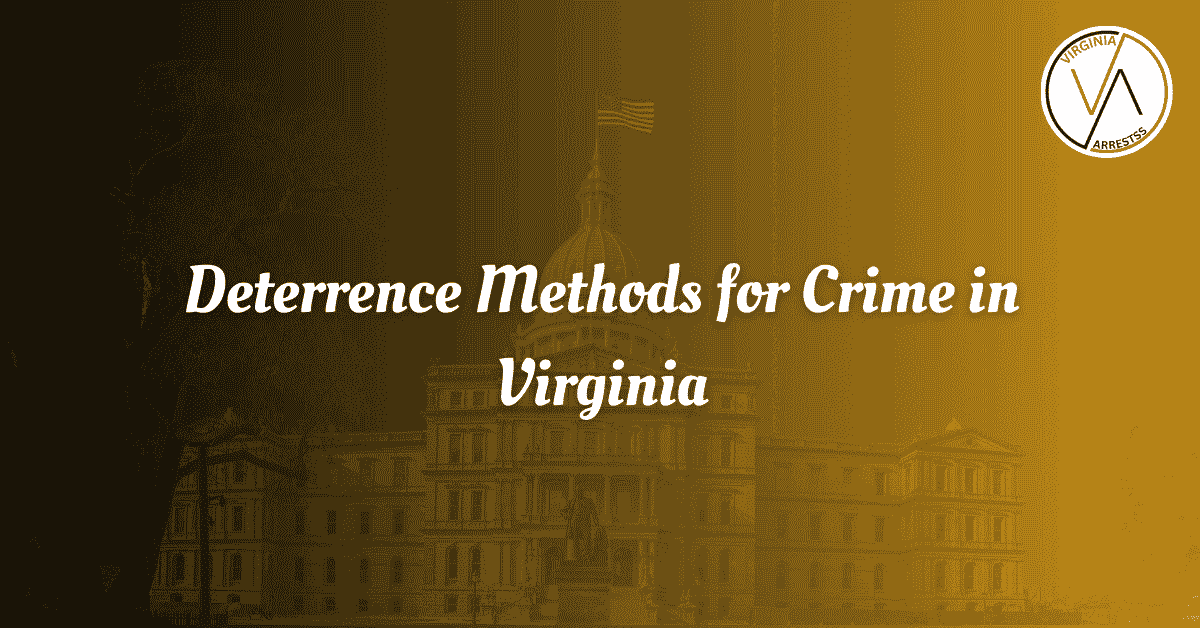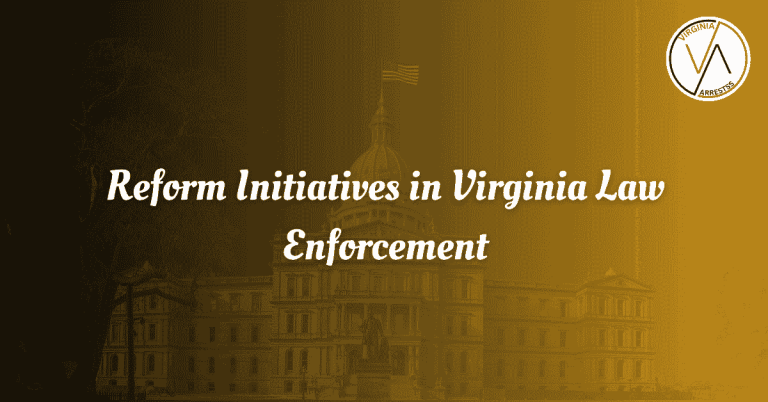Deterrence Methods for Crime in Virginia
Deterrence methods for crime in Virginia play a crucial role in maintaining public safety and order. Law enforcement agencies and policymakers in the state have implemented various strategies to deter criminal activities and protect the community. These methods aim to prevent crimes from occurring and ensure that individuals think twice before engaging in unlawful behavior.
From increased police presence in high-crime areas to community outreach programs, Virginia utilizes a range of deterrence measures to combat criminal activities effectively. By focusing on prevention and deterrence, authorities strive to create a safe environment for residents and visitors alike. Through the application of these methods, Virginia aims to reduce crime rates and enhance the overall quality of life in the state.
Community Policing Initiatives
Community policing initiatives in Virginia play a crucial role in deterring crime by fostering positive relationships between law enforcement agencies and local residents. By promoting mutual trust and cooperation, these initiatives create a sense of shared responsibility for public safety. Community policing involves officers engaging with community members, organizing neighborhood watch programs, and collaborating on crime prevention strategies. Through enhanced communication and partnerships, communities in Virginia can proactively address potential criminal activity and promote a safer environment for all.
Increased Law Enforcement Presence
Increasing law enforcement presence in high-crime areas of Virginia is an effective deterrence method that helps reduce criminal activity. By deploying more officers to patrol these neighborhoods, law enforcement agencies can deter potential offenders and respond quickly to incidents. The visible presence of police officers not only acts as a deterrent but also reassures residents that their safety is a top priority. In conjunction with community policing efforts, increased law enforcement presence contributes to a proactive approach in preventing crime and maintaining public order.
Early Intervention Programs
Early intervention programs in Virginia focus on identifying at-risk individuals and providing them with the necessary support and resources to prevent criminal behavior. These programs target youth who exhibit risk factors for delinquency, such as academic struggles, family instability, or substance abuse. By offering mentorship, counseling, educational opportunities, and skill-building activities, early intervention programs aim to redirect individuals away from a path of crime and towards a more positive future. Through early intervention, Virginia seeks to address the root causes of criminal behavior and promote long-term crime deterrence.
Educational Campaigns
Educational campaigns in Virginia raise awareness about crime prevention strategies, community resources, and the impact of criminal behavior on individuals and society. These campaigns utilize various media platforms, community events, and outreach efforts to educate residents about ways to protect themselves and their neighborhoods. By empowering individuals with knowledge and skills to identify and report suspicious activity, educational campaigns contribute to a proactive approach in deterring crime. Informed communities are better equipped to work collaboratively with law enforcement and support crime prevention initiatives.
Collaborative Efforts with Local Communities
Collaborative efforts between law enforcement agencies and local communities in Virginia strengthen the overall crime deterrence strategy by fostering partnerships, sharing information, and addressing community concerns. Through regular communication, joint initiatives, and problem-solving discussions, these collaborations enhance trust and cooperation between residents and law enforcement. By involving community members in decision-making processes and crime prevention efforts, collaborative efforts create a sense of ownership and accountability for public safety. In Virginia, these partnerships are essential for creating a united front against crime and promoting a safe and secure environment for all.
Prevention, Intervention, and Enforcement Strategies
Comprehensive deterrence methods in Virginia encompass a combination of prevention, intervention, and enforcement strategies to address the multifaceted nature of crime. Prevention strategies focus on reducing risk factors and promoting protective factors to deter criminal behavior before it occurs. Intervention strategies target at-risk individuals and provide support services to prevent further involvement in criminal activities. Enforcement strategies involve the swift and fair application of laws to hold offenders accountable for their actions. By integrating these three approaches, Virginia aims to create a balanced and effective crime deterrence framework that addresses both the root causes and consequences of criminal behavior.
Holistic Approach to Crime Deterrence
A holistic approach to crime deterrence in Virginia recognizes the interconnectedness of social, economic, and environmental factors that contribute to criminal behavior. By addressing underlying issues such as poverty, substance abuse, mental health challenges, and lack of educational opportunities, this approach seeks to create a supportive and inclusive community where individuals can thrive. By implementing policies and programs that promote equity, justice, and opportunity for all residents, Virginia aims to reduce crime rates and improve overall well-being. A holistic approach to crime deterrence emphasizes the importance of collaboration, prevention, and support in creating a safer and more resilient society.
Fostering Security and Well-being in Virginia
Ultimately, the goal of deterrence methods for crime in Virginia is to foster security, well-being, and quality of life for all residents. By prioritizing proactive strategies, community engagement, early intervention, and collaborative partnerships, Virginia seeks to create a safe and inclusive environment where individuals can thrive. Through a shared commitment to crime prevention, education, and social support, communities in Virginia can work together to address the root causes of criminal behavior and build a resilient society. By fostering security and well-being, Virginia aims to create a brighter future for generations to come.
Frequently Asked Questions
Find answers to commonly asked questions about Deterrence Methods for Crime in Virginia below:
What are deterrence methods for crime?
Deterrence methods for crime are strategies and tactics used to prevent individuals from engaging in criminal behavior by increasing the perceived risks and consequences of committing crimes. These methods aim to discourage potential offenders from breaking the law.
What are some examples of deterrence methods for crime in Virginia?
In Virginia, deterrence methods for crime include increased police presence in high-crime areas, implementation of harsher penalties for offenders, community policing initiatives, neighborhood watch programs, and rehabilitation programs for offenders to prevent recidivism.
How effective are deterrence methods in reducing crime rates in Virginia?
Research has shown that deterrence methods can be effective in reducing crime rates in Virginia when implemented strategically and in combination with other crime prevention strategies. However, the effectiveness of deterrence methods may vary depending on various factors such as socio-economic conditions, community support, and law enforcement practices.
What is the role of the criminal justice system in deterring crime in Virginia?
The criminal justice system in Virginia plays a crucial role in implementing deterrence methods by enforcing laws, prosecuting offenders, and imposing penalties for criminal behavior. The system also aims to rehabilitate offenders through programs such as probation, parole, and diversion programs to prevent future criminal activity.
How can communities in Virginia contribute to deterrence methods for crime?
Communities in Virginia can contribute to deterrence methods for crime by working collaboratively with law enforcement agencies, participating in crime prevention programs, reporting suspicious activities, promoting community cohesion, and supporting initiatives that address root causes of crime such as poverty, substance abuse, and lack of educational opportunities.
What are the new trends or innovations in crime deterrence in Virginia?
Emerging trends in deterrence methods for crime in Virginia include the use of technology such as surveillance cameras, predictive policing algorithms, and data analytics to identify crime hotspots and target resources effectively. Additionally, restorative justice practices, diversion programs, and community-based interventions are gaining traction as alternative approaches to traditional deterrence methods.







